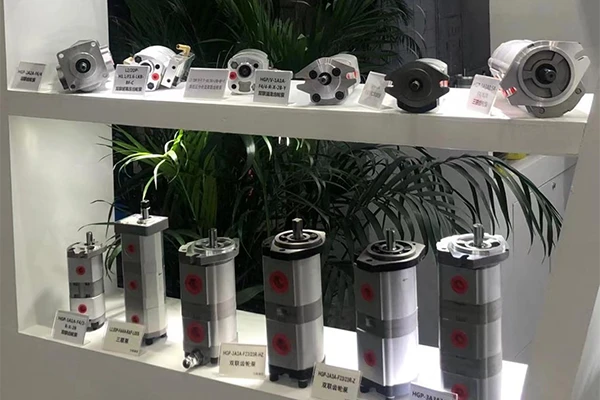
Nine reasons why your pump runs slow
Excessive heat/low fluid viscosity. A system running excessively hot can affect pump performance. Fluid temperatures that are above normal will increase internal leakage everywhere in a system, and there are numerous causes. These can relatively simple, such as high ambient temperatures or radiant heat from furnaces or foundry equipment. In this case, install heat shields or thermal sleeves on the hose and tubing or reroute the conductors.
Or perhaps a cooler or heat-exchanger is malfunctioning or undersized. Other causes include excessive loads or higher than normal operating pressure; excessive pressure drop due to too high a viscosity fluid; or undersized components that create excessive pressure drops for the system flow rates.
Aeration. Fluid aeration and cavitation (discussed below) are considered system faults, as they can be caused by various factors and conditions not related to the pump. Gas bubbles will form due to separation of dissolved air, oil evaporation or entrained air. Bubbles will be transported with the oil to the delivery side of the pump. Bubbles can be sustained in the system if they are formed early enough to grow in size, or if pressure at the delivery side of the pump is relatively low. This is called aeration.
There are many ways air gets into a system. For instance, if there is a leaking fitting in the intake line, tighten it. If the suction hose is porous or has a pin-hole leak, replace it. Likewise, if the pump shaft seal is worn or damaged, install a new seal.
Cavitation. If gas bubbles in the system, described above, implode at the delivery side of the pump at high pressure, this is called cavitation. It can cause high impact forces and severe erosion damage to the components.
In addition to the sources of air ingression described above, here are some other possible causes of cavitation. Is the suction valve partially closed? If so, ensure the suction valve is in the full open position to prevent conditions that could promote cavitation.
Speed lower than normal. The pump may be fine but driven at too low a speed. Check the pump rated speed, and the drive-motor speed.
Pump undersized. While it may seem obvious, check that you’ve installed the right pump. Make sure you have the correct size pump and proper displacement.
Wrong volume control. Is it a variable-displacement pump? Be sure that the pump is set to deliver the proper flow, and that the volume control is operating properly. Check the pump controller setting and, if necessary, reset the controller to the required value.
Pressure compensator fault. Check that the pump pressure compensator is not set too low, and that it is operating properly.
System relief incorrect. If the relief valve is set too close to the required load pressure, adjust the relief valve to the required value. Or replace the valve if it is leaking.
Internal leakage or contamination. If the pump delivers low or erratic flow, in addition to other causes listed here, perhaps the pump’s internal parts are sticking. Dissemble, clean and repair; and make sure no varnish or sludge is in the oil. If you suspect excessive wear, conduct a pump performance test and, if necessary, rebuild or replace the pump.



